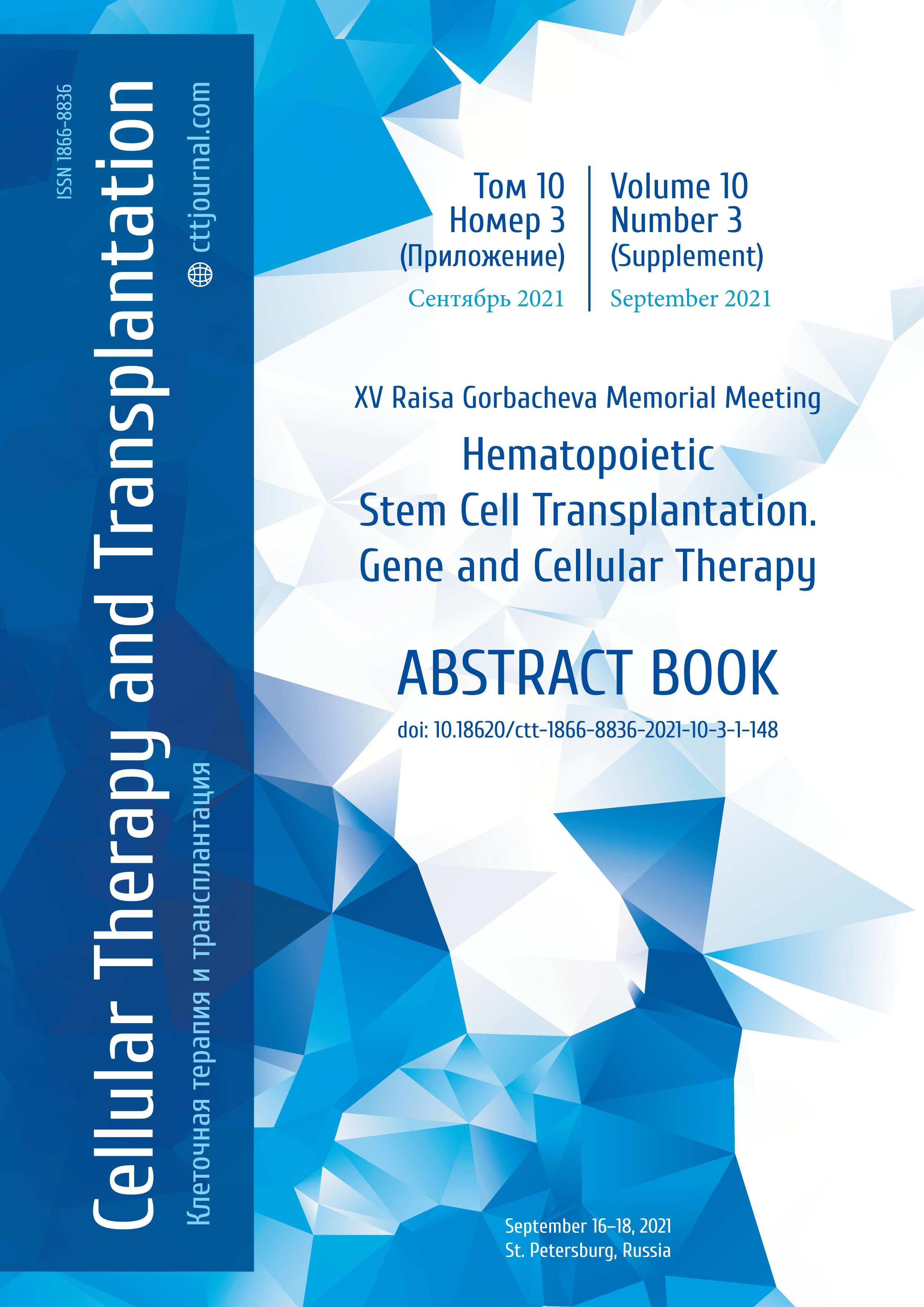PI-02. Treatment of bloodstream infections caused by E. coli and K. pneumoniae in patients with acute leukemia
Natalia A. Balshova1, Ihar O. Stoma2, Ihar A. Iskrou1
1 Minsk Scientific-Practical Center of Surgery, Transplantology and Hematology, Minsk, Republic of Belarus
2 Gomel State Medical University, Republic of Belarus
Correspondence:
Dr. Natalia A. Balshova, phone: +375 (017) 277-19-36, e-mail: nbolshowa@gmail.com
Summary
Bloodstream infections are one of the most common and severe complications in immunocompromised patients. There is lately a significant shift in pathogens spectrum towards gram-negative microorganisms, including enterobacteria, generally represented by Escherichia coli and Klebsiella pneumonia, which have several antibiotic resistance mechanisms, most importantly extended-spectrum β-lactamases (ESBL), AmpC cephalosporinases, and carbapenemases production. Our purpose was to evaluate effectiveness of initial antibiotic therapy regimens in the patients with bloodstream infections treated at Hematology Department.
Materials and methods
A total of 51 bloodstream infection episodes confirmed in leukemia patients cohort by blood cultures were analyzed. All patients, from whom the cultures were obtained, were in agranulocytosis. Pathogen identification, antibiotic resistance evaluation and confirmation of ESBL production were carried out using an automatic Vitek 2 analyzer (BioMerieux, France).
Results and discussion
The following blood cultures were obtained in leukemia patients cohort: Klebsiella pneumoniae (35.3%), Escherichia coli (37.3%), Acinetobacter baumannii (5.9%), Enterobacter cloacae (3.9%), Enterococcus faecalis (3.9%), and methicillin-resistant Staphylococcus spp. (13.7%). During the study period, 37 different E. coli and Kl. pneumoniae strains were isolated. E. coli bloodstream infection was detected in 19 cases (37.3%), ESBL production was seen in 52.6% of E. coli strains. Empiric antibiotic therapy implied prior to pathogen detection consisted of fourth-generation cephalosporin (cefepime; 47.4% of cases) or carbapenem (meropenem; 47.4% of cases) and aminoglycoside (amikacin). This empirical combination was regarded as rational in 73.7% of cases, in 26.3% of cases its escalation was required. The use of cefepime in the empiric therapy regimen proved to be ineffective in 44.4% of cases. Bloodstream infection caused by K. pneumoniae was detected in 18 (35.3%) cases, in 50% of them carbapenem resistance was registered. In 77.7% of K. pneumoniae bloodstream infection cases caused by carbapenem-resistant strains and in all cases with ESBL production there was a history of preceding bloodstream infection episode within 3 months. Among K. pneumonia strains 44.4% produced ESBL and 11.1% of all enterobacteria strains were sensitive to extended spectrum cephalosporins and carbapenems.
Conclusions
Given the high prevalence of multidrug-resistant strains of gram-negative enterobacteriaceae, initial empiric antibiotic therapy regimens including drugs combining β-lactam antibiotics with new β-lactamase inhibitors (ceftazidime/avibactam) may be beneficial for hematology department patients with bloodstream infections. It will allow skipping potentially ineffective unprotected cephalosporins and reduce the use of carbapenems.
Keywords
Acute leukemia, bloodstream infection, Enterobacteriaceae.


